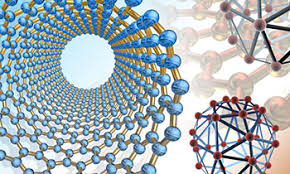Mechanical and Materials Engineering, Department of

Department of Mechanical and Materials Engineering: Faculty Publications
Document Type
Article
Date of this Version
2016
Citation
Fang et al. Sci. Adv. 2016; 2 : e1600534
Abstract
One of the limiting factors to high device performance in photovoltaics is the presence of surface traps. Hence, the understanding and control of carrier recombination at the surface of organic-inorganic hybrid perovskite is critical for the design and optimization of devices with this material as the active layer. We demonstrate that the surface recombination rate (or surface trap state density) inmethylammonium lead tribromide (MAPbBr3) single crystals can be fully and reversibly controlled by the physisorption of oxygen and water molecules, leading to a modulation of the photoluminescence intensity by over two orders of magnitude.We report an unusually low surface recombination velocity of 4 cm/s (corresponding to a surface trap state density of 108 cm−2) in this material, which is the lowest value ever reported for hybrid perovskites. In addition, a consistent modulation of the transport properties in single crystal devices is evidenced. Our findings highlight the importance of environmental conditions on the investigation and fabrication of high-quality, perovskite-based devices and offer a new potential application of these materials to detect oxygen and water vapor.
Included in
Mechanics of Materials Commons, Nanoscience and Nanotechnology Commons, Other Engineering Science and Materials Commons, Other Mechanical Engineering Commons


Comments
2016 © The Authors, some rights reserved